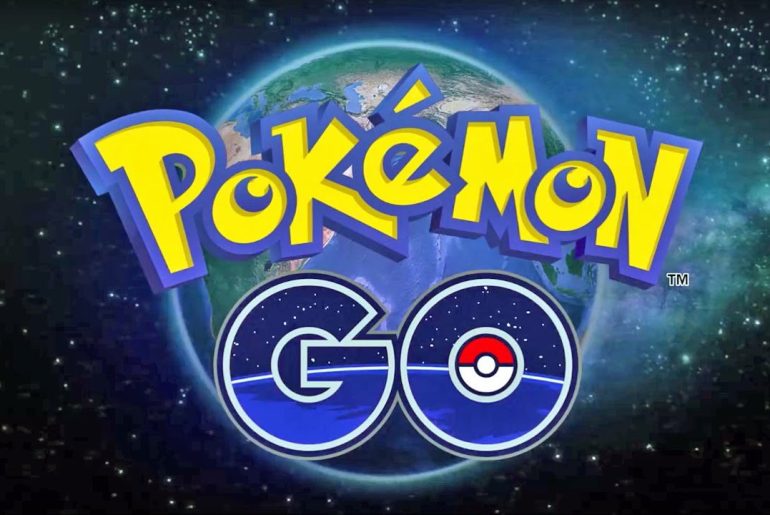Pokémon Go (stylized Pokémon GO) is a location-based, augmented reality game for mobile devices developed by Niantic for iOS and Android operating systems. It was released in most regions of the world in July 2016. Typically played on mobile phones, players use the device’s GPS and camera to capture, battle, and train virtual creatures, called Pokémon, who appear on the screen as if they were in the same real-world location as the player. The game is free-to-play, although in-app purchases are advertised for additional gameplay items.
Image courtsy: www.theverge.comAfter establishing a game account, the player creates an avatar by selecting a hair, skin, and eye color; style; and outfit. After the avatar is created, it is displayed at the player’s current location along with a map of the player’s immediate surroundings. Features on the map include a number of PokéStops and Pokémon gyms. PokéStops provide players with items, such as eggs, Poké Balls, and potions and can be equipped with items called lures, which attract wild Pokémon. Gyms serve as battle locations for the team-based king of the hill matches. These are typically located at places of interest. These locations are re-purposed portals from Ingress, Niantic’s previous augmented reality game.
As players travel the real world, their avatar moves along the game’s map. Different Pokémon species reside in different areas of the world; for example, water-type Pokémon is generally found near water. When a player encounters a Pokémon, they may view it either in augmented reality (AR) mode or with a live rendered, generic background. AR mode uses the camera and gyroscope on the player’s mobile device to display an image of a Pokémon as though it were in the real world. Players can take screenshots of the Pokémon they encounter either with or without the AR mode activated.
Unlike other installments in the Pokémon series, players in Pokémon Go do not battle wild Pokémon to capture them. During an encounter with a wild Pokémon, the player may throw a Poké Ball at it by flicking it from the bottom of the screen up toward the Pokémon. If the Pokémon is successfully caught, it will come under the ownership of the player. Factors in the success rate of capture include the right force, the right time and the type of Poké Ball used. After capturing a wild Pokémon, the player is awarded two types of in-game currencies: candies and stardust. The candies awarded by a successful catch depends on what evolutionary chain a Pokémon belongs to. A player can use stardust and candies to raise a Pokémon’s “combat power” (CP). However, only candies are needed to evolve a Pokémon. Each Pokémon evolution tree has its own type of candy which can only be used to evolve or level up. The player can also transfer the Pokémon back to the Pokémon professor to earn one more candy and create room for more Pokémon. The ultimate goal of the game is to complete the entries in the Pokédex, a comprehensive Pokémon encyclopedia, by capturing and evolving to obtain the original 151 Pokémon.
All Pokémon are displayed with a combat power. A Pokémon’s combat power is a rough measure of how powerful that Pokémon is in battle. Not all Pokémon of the same species will have the same CP. Generally, as a player levels up, they will catch Pokémon with higher CP.
Players earn experience points for various in-game activities. Players rise in level as they earn experience points. At level five, the player is able to battle at a Pokémon gym and join one of three teams (red for Team Valor, which uses Moltres as their mascot; blue for Team Mystic, which uses Articuno as their mascot; or yellow for Team Instinct, which uses Zapdos as their mascot), which act as larger factions within the Pokémon Go world. If players enter a Pokémon gym that is controlled by a player that is not part of their team, they can challenge the leader to lower the gym’s “prestige”. Once the prestige of a gym is lowered to zero, the player will take control of the gym and is able to deposit one Pokémon to defend it. Similarly, a team can upgrade the prestige of a gym under their control by battling the gym leader. Each time a gym’s level is raised, another player from the same team can deposit one of their Pokémon.
The game has been referred to as a “social media phenomenon” which has brought people together from all walks of life. Numerous media outlets referred to the surge in popularity as “Pokémon Go Mania” or simply “Pokémania”.




